Have you ever had a moment that not only changed your life but transformed your very soul?
I thought I had, until my adventure in the waters of the Socorro Islands. I have been looking for a new photography outlet, so I recently decided to get back into underwater photography after a 25+ year hiatus. I’ve always wanted to photograph the magnificent creatures of the Pacific. Last September I went cage diving with Great White Adventures on the Solmar V to shoot great white sharks, and it was there that my passion for photography was revitalized; as soon as I returned, I booked my trip to the Socorro Islands.
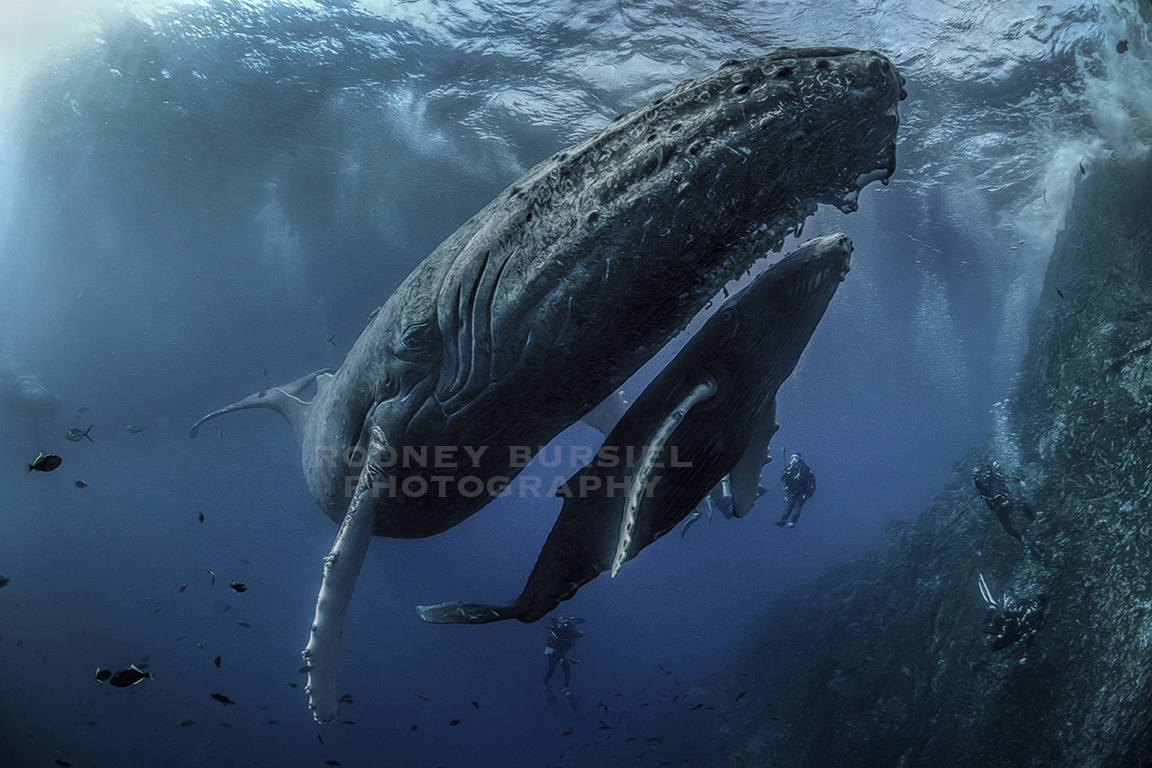
The Socorro Islands are a chain of four small islands in the Eastern Pacific Ocean about 250 miles south of Cabo San Lucas, Mexico. The area is home to giant manta rays, bottlenose dolphins, and several species of sharks including hammerheads and whale sharks. It is also where humpback whales go to breed and calve. Different seasons bring in different animals; the main reason I wanted to go was to dive with the humpbacks even though close encounters usually aren’t guaranteed as they are with some of the other animals. When I booked the trip, I just had a strange gut feeling we would find whales…and as we reached our destination on that second day at sea, there they were.
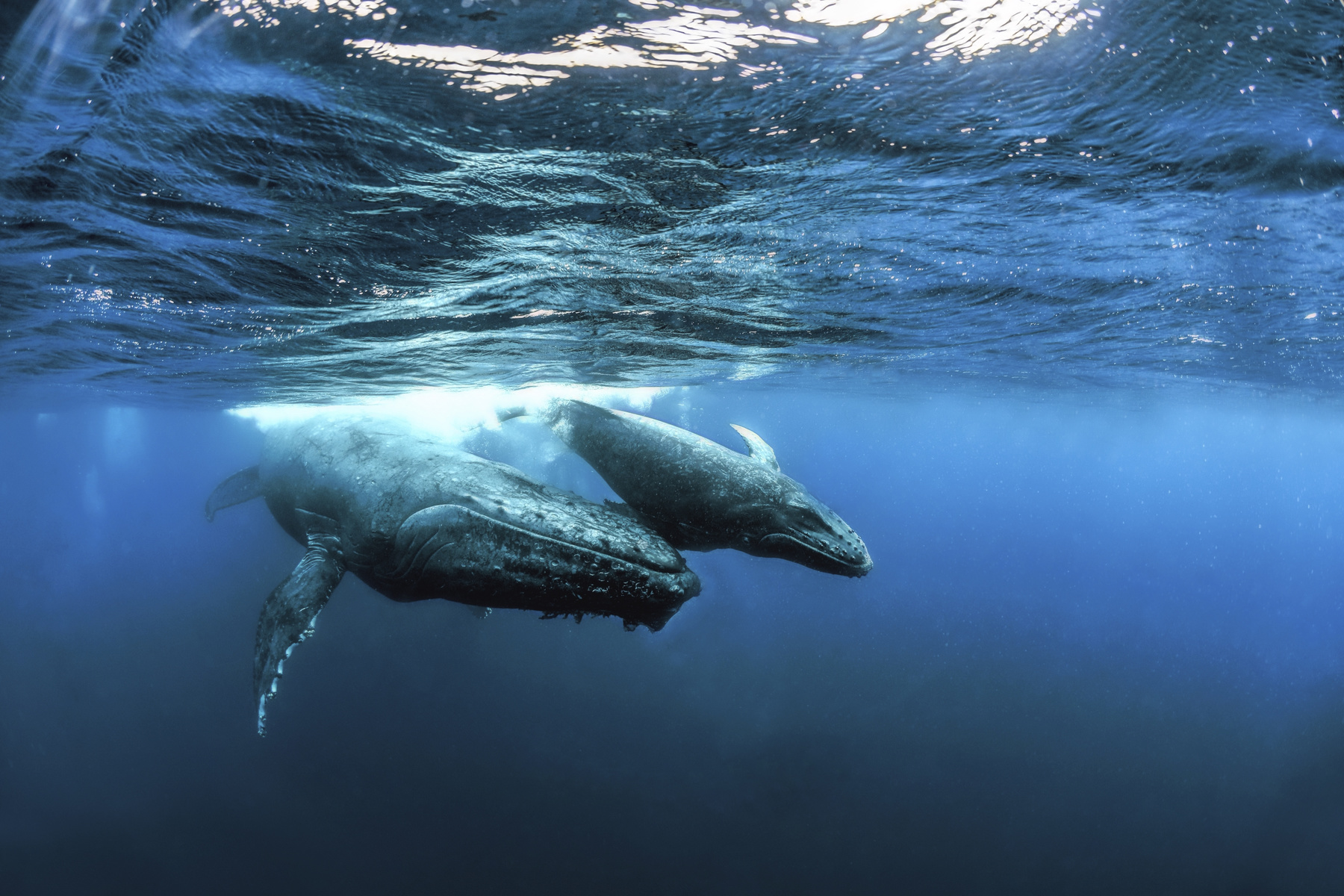
When we arrived at Roca Partida, we immediately saw the whales – Mama, baby, and their escort – circling the small island. Erick, one of our dive masters, recognized her as one of the whales they had seen here before. He was as excited for his reunion with her as I was to see her for the first time. We couldn’t get in the water fast enough. It’s amazing, indescribable really, to be in the water with a living creature this big and gentle. Watching her with her baby was one of the most calming experiences I have ever had. We spent the entire day with her. Taking photographs became secondary; it was a privilege just to share the ocean with them. As soon as we sucked our tanks dry we threw them in the boat, grabbed our snorkels and went back in.
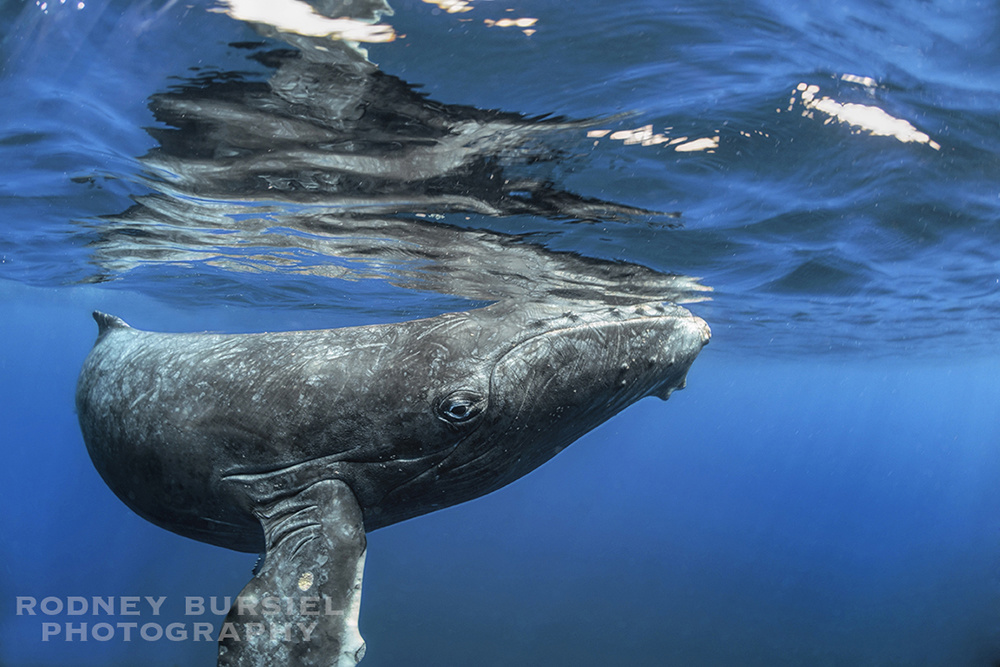
The calf was about three weeks old and still learning how to control his buoyancy. He would come up for air every three minutes or so, swim around the divers like he was trying to say hello, then dive back down and get under his mama, who would hover over him to help him stay down.

After the first day with them, everyone was content to hang with the whales for a few more days instead of moving on in search of other wildlife, but on the second day we had unexpected guests. There were two pangas that took us out to the dive site from the boat. My panga had just returned to the boat and we were unloading all of our gear. The second was still out by the whales; they were about to get back in to snorkel when tragedy struck. We saw the fins of the whales thrashing in the water and then we saw the dorsal fins of the orcas. My stomach sank.
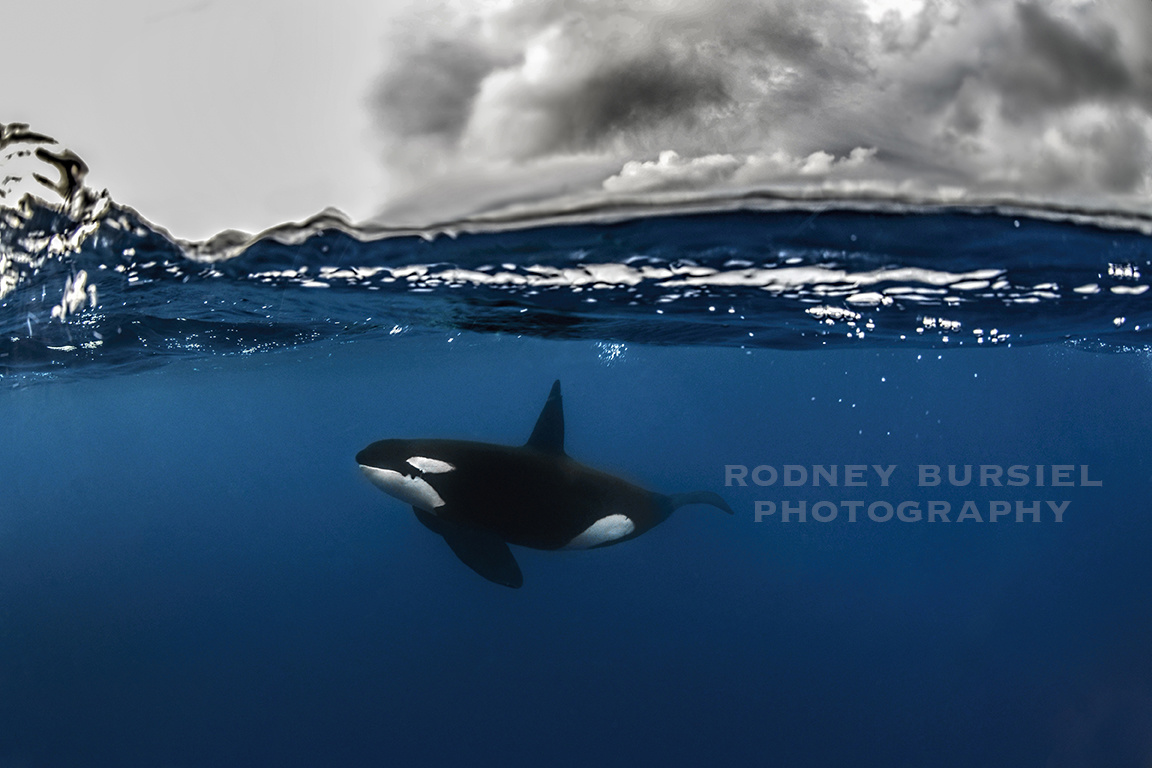
Our group jumped back in the panga and headed toward the orcas, hoping for the best…hoping that mama and her escort could protect the baby, but our worst fears were realized. The two orcas had separated the calf from his mother and were taking him out to sea to feed on him. I could smell the blood and whale oil in the water. It was heart wrenching, but we also knew this was a once in a lifetime event: for humans to witness Mother Nature so closely. We were simply seeing the natural order of life and death.We followed the orcas for about an hour as they took turns feeding. The kill also brought in about twenty silky sharks who fed on the whale.
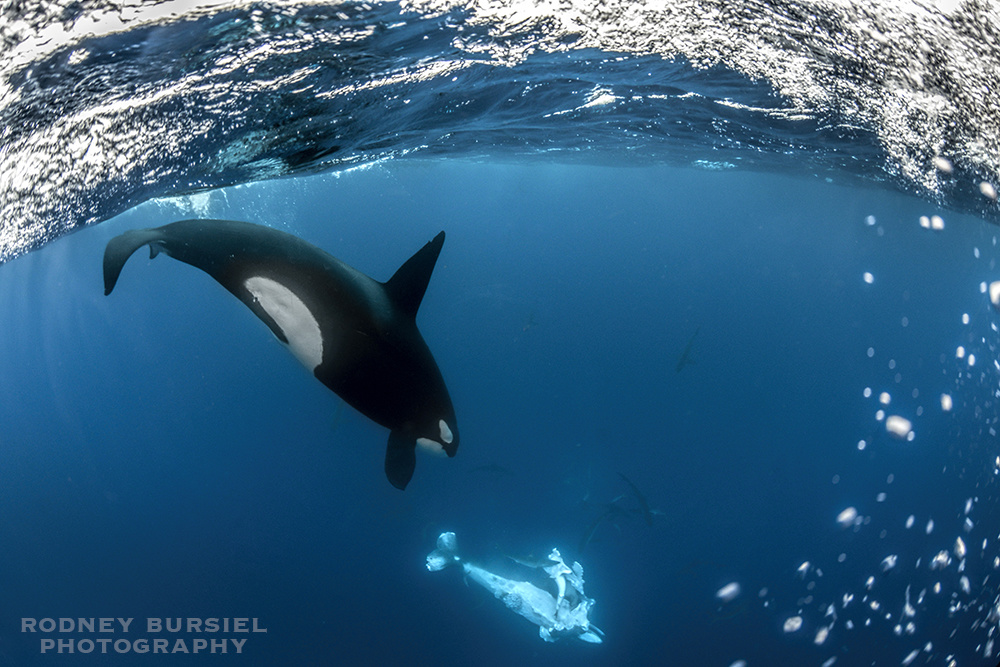
It was a long ride back to boat. When we got there, mama was still at the island, circling at a frantic pace. Most of us decided to go back in and dive with her, but as soon as I got in the water it just didn’t feel right. I was so used to her hovering calmly as her baby swam around. Now she just kept circling. On one pass, she swam extremely close to me. We were eye to eye. Her eyes weren’t fully opened; they were squinted in what felt like sadness and anger. I felt like I should get out of the water, allowing her space and privacy, but I didn’t want to leave her either. I wanted to console her, but how do you do that with a 40-ton whale. I said my goodbyes and headed in.
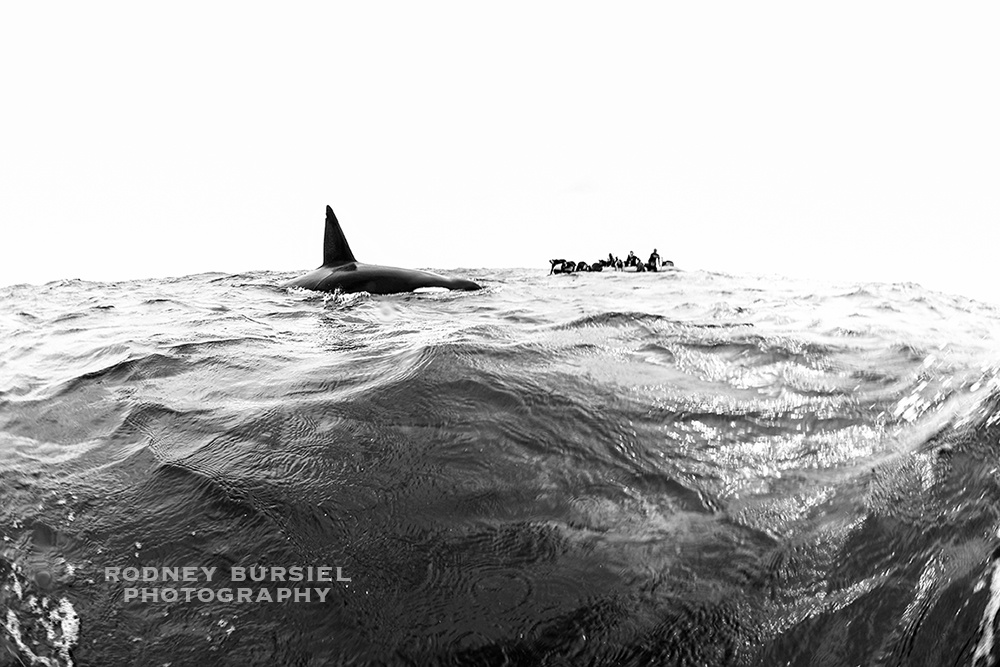
That night we headed out to San Benadicto Island in search of the giant mantas and hammerheads. We arrived at the next dive spot early in the morning, but the water was murky and, while the hammerheads were there, we couldn’t see much. That afternoon we headed a short distance to El Boiler, a dive site that is known for its manta population, and they didn’t disappoint. I don’t think we were down more than a minute before they started showing up. El Boiler is a cleaning station for the mantas. They come here and smaller fish clean them of parasites on their skin and gills. The mantas also love to interact with the divers and especially enjoy playing in our bubbles.

Ending the trip with the mantas was a welcome distraction from our experience with the orcas, but it was always on our minds. It truly was a life changing experience. I see life and nature in a whole new way now. What the orcas did seems cruel to us, but it is the natural way, the circle of life. What humans do to and with the animals of the sea (and the sea itself) is reckless and unnatural.We are killing millions of sharks every year just for their fins and giant mantas for their gills, inhumanely hunting whales for meat for which there is little demand and no need, exploiting dolphins and orcas for cheap entertainment. I can handle, and even appreciate, the image of the orcas feeding on that calf; I cannot tolerate more images of sharks with giant hooks in their mouths or whales drowning in fishermen’s nets.